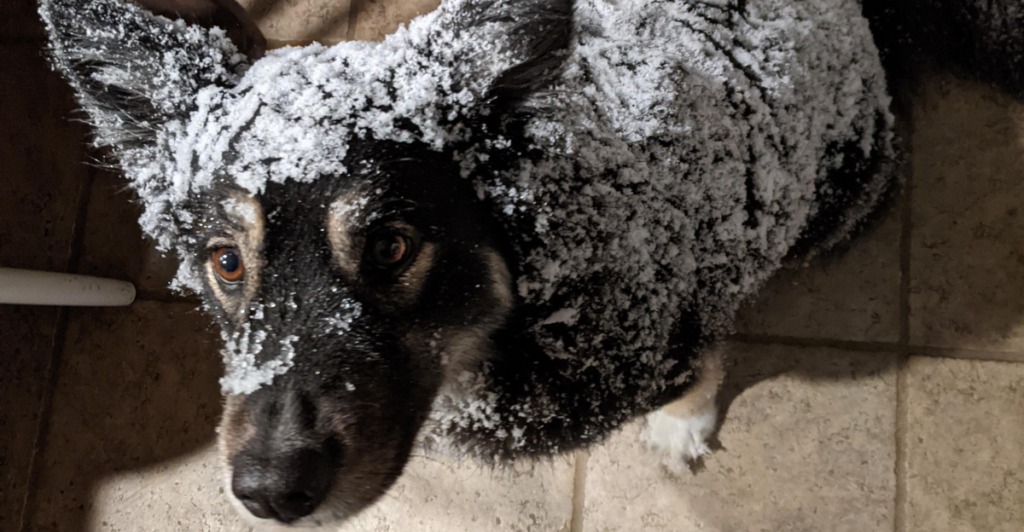
As the temperature drops and winter settles in, it’s essential to adjust your dog’s care routine to keep them safe, healthy, and happy. Cold weather, icy sidewalks, and dry indoor air can pose unique challenges for our furry friends, making it crucial to provide extra warmth, hydration, and mental stimulation. Whether it’s limiting outdoor exposure, protecting their paws, or ensuring they stay active indoors, small adjustments can make a big difference.
1. Limit Outdoor Time
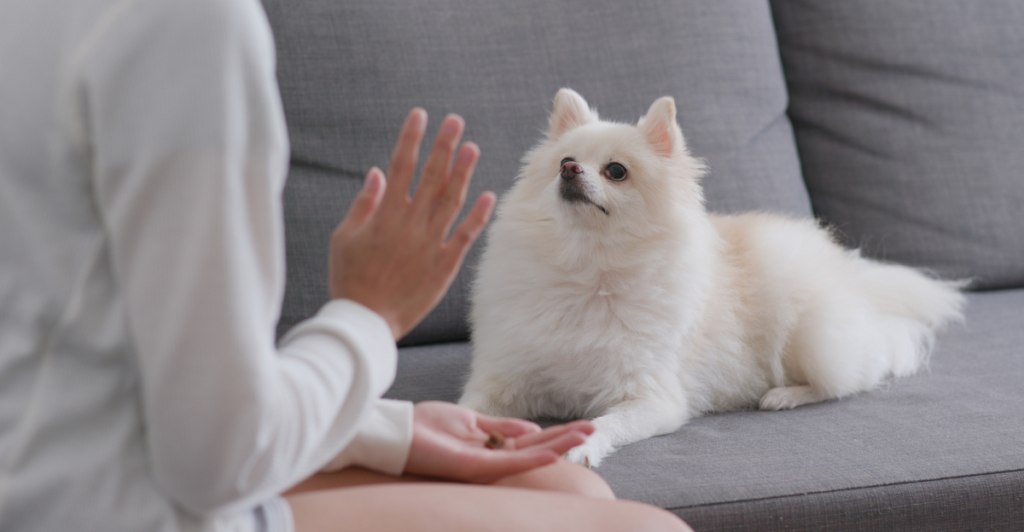
During cold weather, it’s crucial to limit your dog’s outdoor exposure. Short potty breaks and brief play sessions are ideal. Take shorter, more frequent walks to keep your dog active while avoiding prolonged exposure to the cold. Be mindful that if you’re feeling chilly, your dog likely is too. For breeds with short coats or small body sizes, consider using a warm doggy sweater or coat. Additionally, pay attention to your dog’s behavior – if they’re shivering, whining, or trying to seek shelter, it’s time to head indoors.
2. Provide Proper Shelter
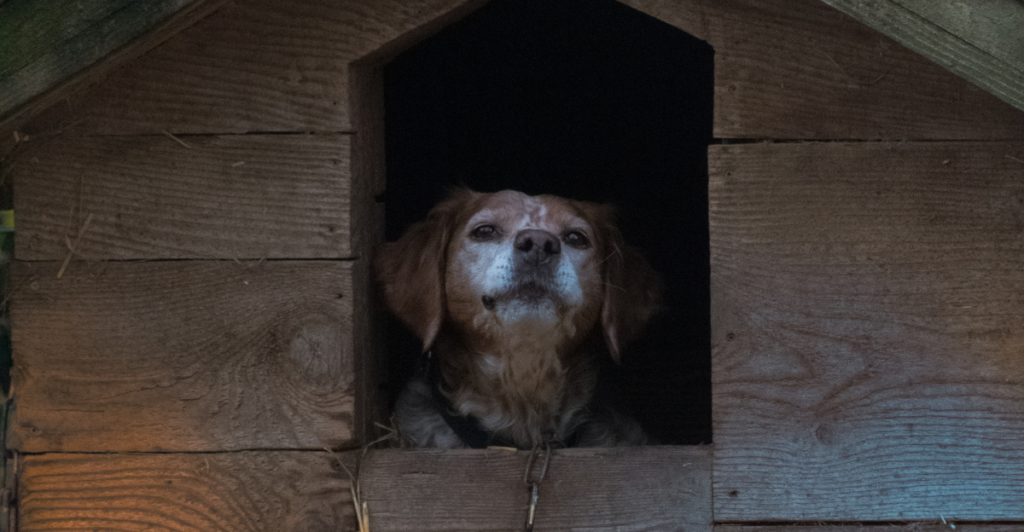
For dogs that spend time outdoors, ensure they have access to a well-insulated, weatherproof shelter. The doghouse should be elevated off the ground to prevent cold from seeping in and should be large enough for your dog to stand up and turn around comfortably but small enough to retain body heat. Face the entrance away from prevailing winds and use straw for bedding as it repels moisture better than blankets or towels. For indoor dogs, provide a cozy bed in a warm spot away from drafts, preferably not directly on cold tile or hardwood floors.
3. Use Winter Gear
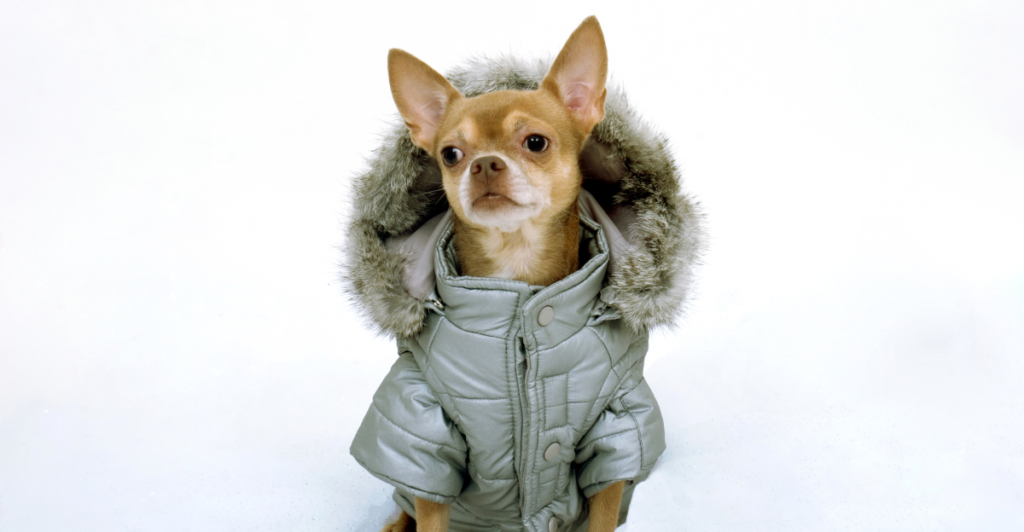
Invest in appropriate winter gear for your furry friend. Dogs with thin or short coats benefit greatly from wearing sweaters or coats when outdoors. Look for water-resistant options that cover from the neck to the base of the tail and around the belly. Booties are excellent for protecting paws from ice, snow, and de-icing chemicals. They also provide traction on slippery surfaces. If your dog resists wearing booties, start with short indoor sessions to help them adjust. Remember to choose gear that fits properly – too tight can restrict movement, while too loose may not provide adequate protection.
4. Maintain Hydration

Proper hydration is crucial year-round, but it’s easy to overlook during winter months. Cold weather can be deceptively dehydrating, and indoor heating can dry out your dog’s skin. Always provide fresh, unfrozen water. Consider using a heated water bowl for outdoor dogs to prevent freezing. If your dog is reluctant to drink cold water, try offering slightly warm water or adding a bit of low-sodium broth for flavor. Monitor your dog’s water intake and encourage drinking, especially after outdoor activities.
5. Adjust Diet as Needed
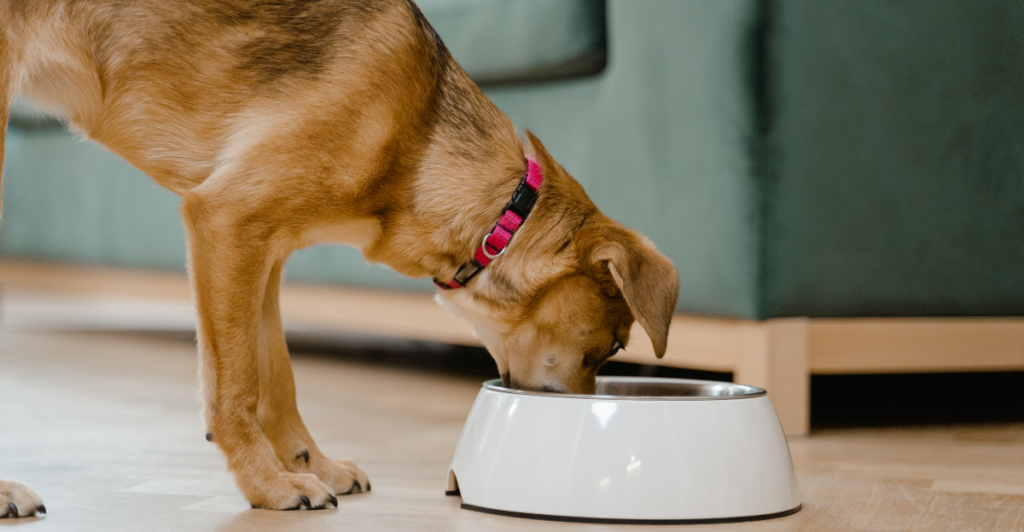
Your dog’s nutritional needs may change during winter, depending on their activity level. Dogs that spend more time outdoors in cold weather may need extra calories to maintain body heat. On the other hand, less active indoor dogs might require fewer calories to prevent weight gain. Consult with your veterinarian about adjusting your dog’s diet. Consider adding omega-3 fatty acids to their food to support skin health and coat condition, which can become dry in winter. Always make dietary changes gradually to avoid digestive upset.
6. Protect Paws

Your dog’s paw pads are vulnerable to cold, ice, and harsh chemicals used for de-icing. Before heading outside, apply a thin layer of pet-safe paw balm or petroleum jelly to create a protective barrier. After walks, gently wipe paws with a warm, damp cloth to remove any salt, ice, or chemicals. Check between the toes for ice balls or cuts. If your dog tolerates them, booties provide the best protection. For dogs that won’t wear booties, regularly trim the hair between paw pads to minimize ice accumulation.
7. Groom Appropriately
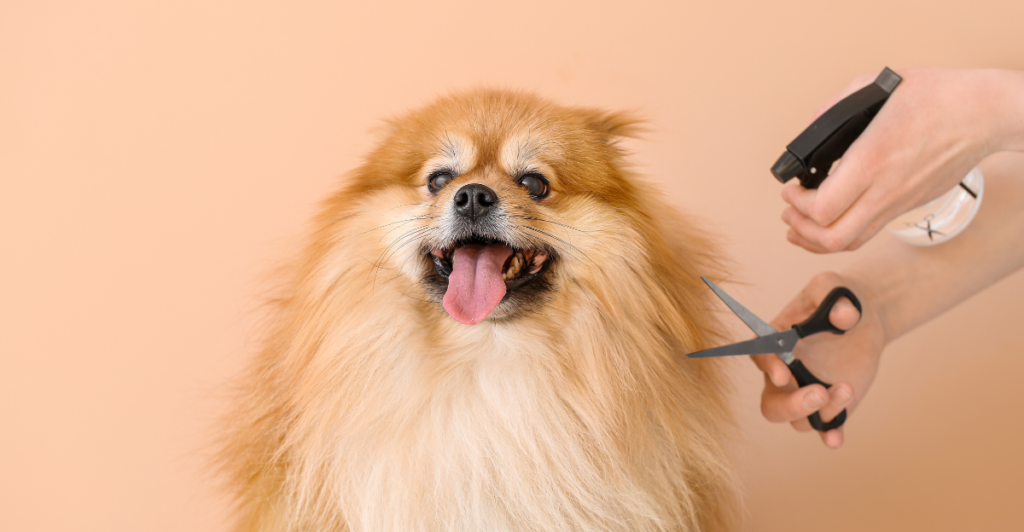
Proper grooming is essential for winter health. Never shave your dog’s coat during cold months, as it provides crucial insulation. For long-haired breeds, regular brushing helps remove loose fur and prevents matting, which can reduce the coat’s insulating properties. Regular brushing also stimulates blood circulation and distributes natural oils, helping to keep the skin healthy and reduce dryness caused by indoor heating.
8. Clean After Walks
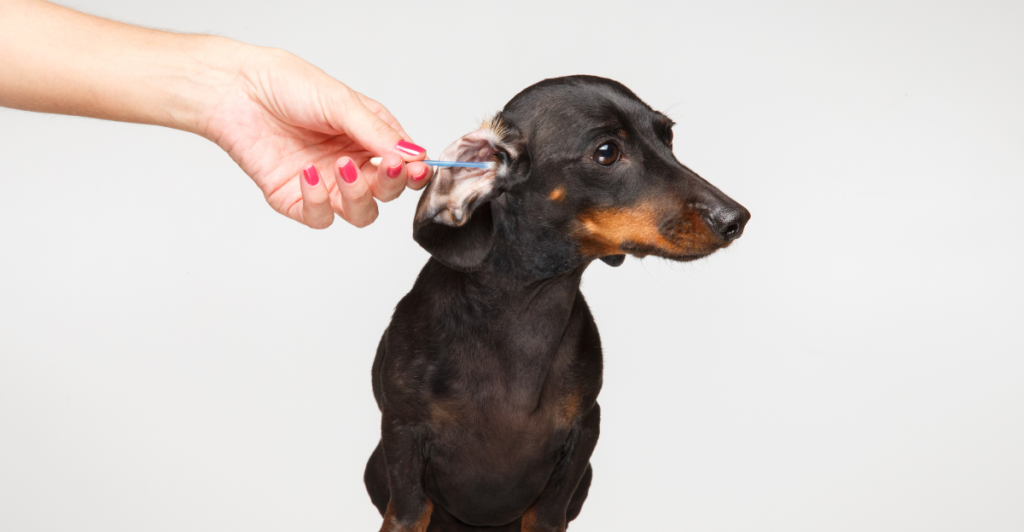
After each outdoor excursion, thoroughly clean and dry your dog. Pay special attention to their paws, legs, and belly, as these areas come into direct contact with snow, ice, and potentially harmful chemicals. Use a warm, damp cloth to wipe down these areas, and dry thoroughly with a towel. This routine not only removes irritants but also gives you a chance to check for any cuts, cracks, or signs of irritation on the paw pads. If you notice persistent redness or your dog seems uncomfortable, consult your veterinarian.
9. Maintain Indoor Humidity
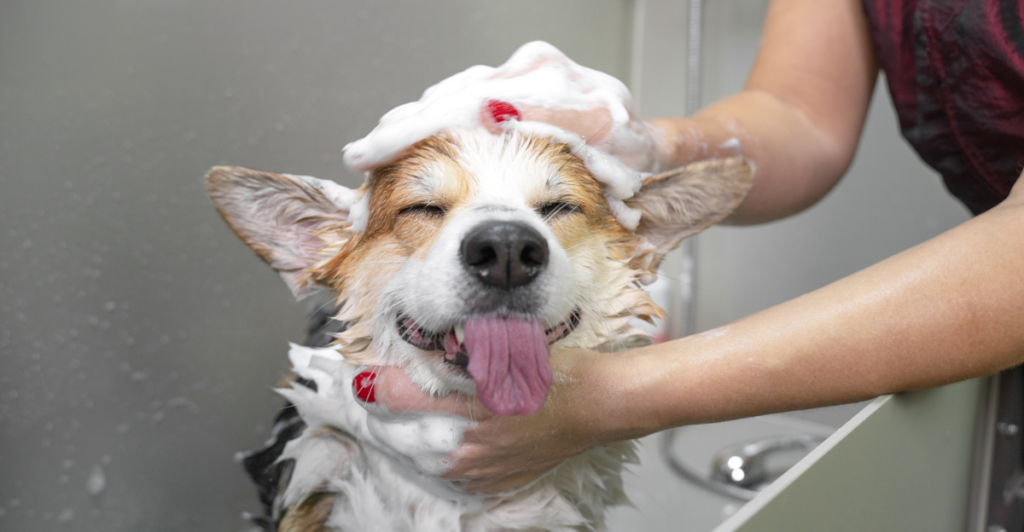
Winter heating can significantly dry out the air in your home, which can lead to dry, itchy skin for both you and your pet. Consider using a humidifier to add moisture to the air, aiming for a humidity level between 30-50%. This can help prevent skin irritation and reduce static electricity in your dog’s coat. If you don’t have a humidifier, you can place bowls of water near heat sources. Use a moisturizing dog shampoo during baths.
10. Provide Mental Stimulation
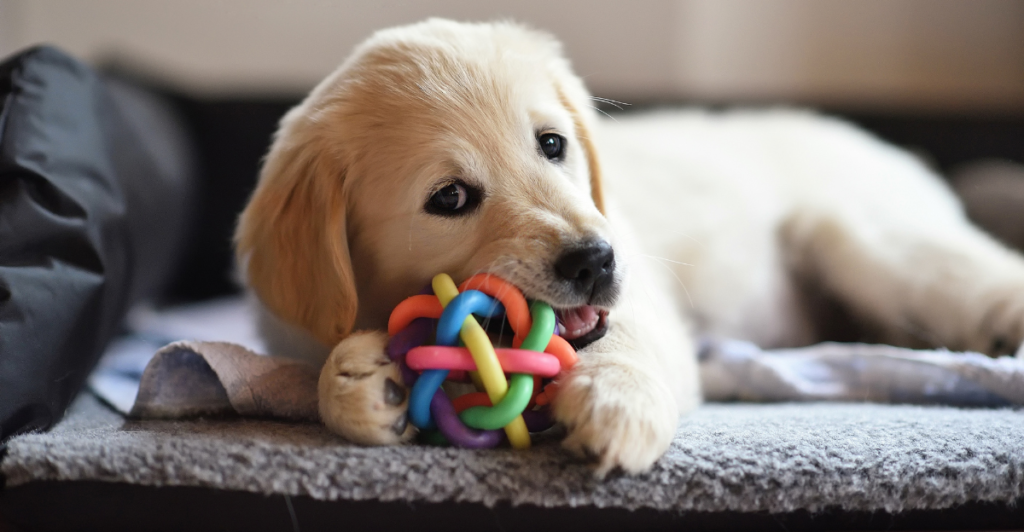
With less outdoor time, it’s crucial to keep your dog mentally engaged indoors. Hide-and-seek games with toys or treats can provide excellent mental stimulation. Start simply by hiding a toy in an easy-to-find spot and gradually increase difficulty as your dog gets better at the game. Puzzle toys filled with treats can keep your dog occupied for extended periods. Rotate toys regularly to maintain interest. Teaching new tricks or practicing obedience commands are also great ways to engage your dog’s mind and strengthen your bond.
11. Learn New Tricks

Winter is an ideal time to focus on training and learning new skills. Short, frequent training sessions (about 15 minutes each) can be both mentally stimulating and physically engaging for your dog. Start with simple commands if your dog is new to training, or introduce more complex tricks for well-trained dogs. Use positive reinforcement techniques with treats, praise, or play as rewards. This not only keeps your dog’s mind active but also reinforces your bond and can improve overall behavior. Remember to keep sessions fun and end on a positive note.
12. Consider Indoor Exercise Options

Maintaining your dog’s physical activity during winter is crucial for their health and well-being. Create an indoor obstacle course using household items like cardboard boxes or cushions. Play fetch in a long hallway or up and down stairs if your dog is physically able. Tug-of-war games provide both mental and physical stimulation. For high-energy dogs, consider indoor agility classes or doggy daycare for socialization and exercise. Always supervise indoor play to ensure safety and prevent damage to your home.
Discover more of our trending stories and follow us to keep them appearing in your feed

Bobcats Are Making a Comeback—And They Might Be Protecting Us From Disease
Dormant for 800 Years, This American Volcano Is Waking Up
“There Will Be Eruptions”: Concerns Mount as Yellowstone Supervolcano Activity Increases
Scientists Are Bringing Back The Wooly Mammoth
This article first appeared here
Stay connected with us for more stories like this! Follow us to get the latest updates or hit the Follow button at the top of this article, and let us know what you think by leaving your feedback below. We’d love to hear from you!







